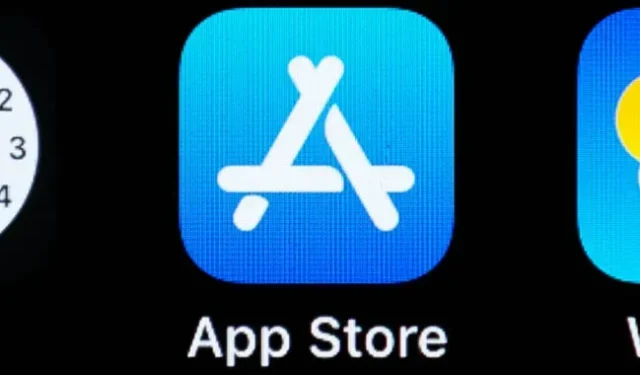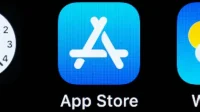Throughout the short history of smartphone apps, games have consistently generated more revenue than the non-gaming app categories. But in the United States, things are finally turning around, according to new data from analytics firm Sensor Tower.
The shift began in May 2022. By June, 50.3% of U.S. consumer spending on apps was for non-gaming apps like TikTok, Netflix and Tinder. Spending on non-gaming apps has recently grown twice as fast as spending on games. Spending on games skyrocketed at the start of the COVID-19 pandemic in late 2019 and early 2020, but by the end of 2020, non-gaming apps have caught up, and in 2021 they have surpassed games.
In an effort to increase its own revenue from the App Store, Apple reportedly met with developers to promote a recurring subscription model for them. Subscriptions have become more common in many types of applications.
While the subscription model has sometimes been controversial for some users, it has been a boon for overall app marketplace revenue. Sensor Tower notes that 400 different apps drove at least $1 million in consumer spending in the second quarter of 2022 on the Apple App Store. In the same quarter, 61 apps on the App Store reached at least $10 million, up from the $1 million in 2016.
However, it’s important to note that this change only affects the Apple App Store for iPhone and iPad. Games continue to generate more revenue on Google Play, the app store for the rival Android platform. In fact, it’s not even close: US consumers spent $2.3 billion on games on Google Play in the second quarter of 2022, but about $1 billion on non-games.
And even in the Apple App Store, games still make up the bulk of consumer spending in most places outside the US.


